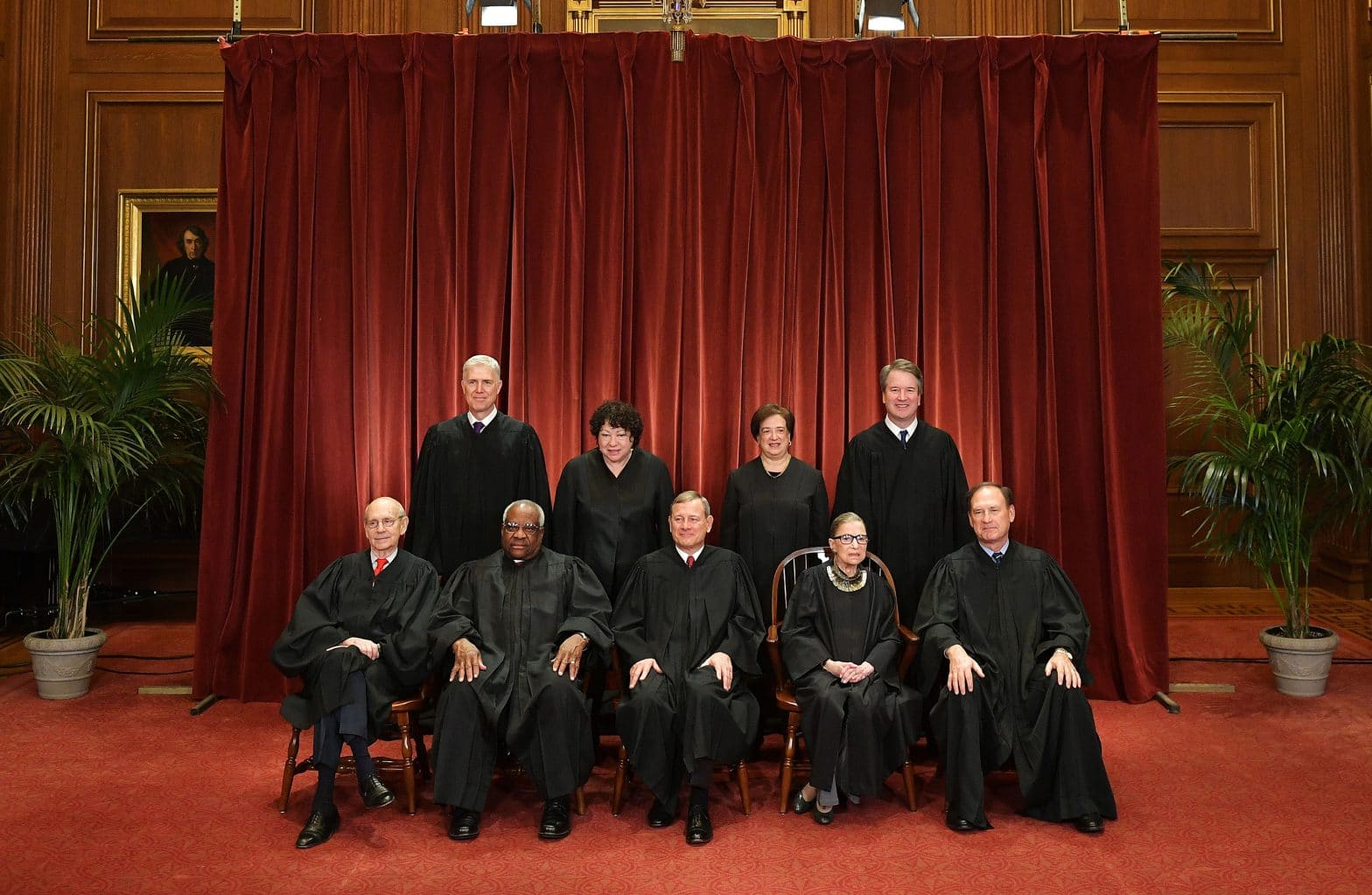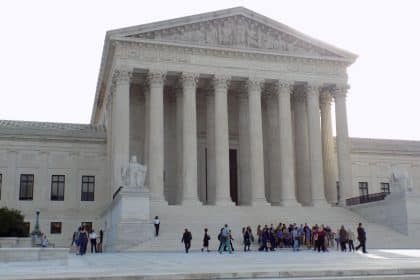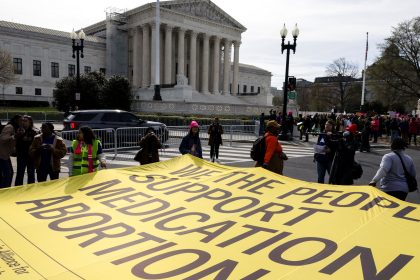Center for American Progress Mulls Proposal for Supreme Court Term Limits

WASHINGTON – While the Constitution does not expressly grant lifetime appointment for Supreme Court justices, it has, since the nation’s founding, been inferred from Article III, Section I, that “The Judges… shall hold their Offices during good Behavior” has meant career tenure. Today, due to advances in health care, it is routine for members of the court to serve for decades. In fact, the average term is now longer than it has been at any point in our nation’s history.
While the Supreme Court was intended to be a check on the powers of Congress and the president, some argue the power of the court is becoming increasingly partisan and that to address how politics, public sentiment, and life expectancies have changed, term limits for Supreme Court justices may now be appropriate.
In consideration of a proposal for “Regularization of Supreme Court Term Limits,” the Center for American Progress, an independent nonpartisan policy institute located in Washington, D.C., held a virtual discussion surrounding suggestions for implementing term limits on Supreme Court justices.
“The Court in 2020 operates in a vastly different world to the one when it first convened in the 1700s, and yet the rules from when it was established largely remain intact,” said Neera Tanden, CAP’s president and CEO, pointing out that this has led to less regular vacancies and an increased focus on political stakes.
Proponents believe that imposing term limits on the service of Supreme Court justices could reduce the pressure placed on each individual justice pick of an administration, remove randomness from the judicial selection process, and potentially make the bench more reflective of the national community as a whole.
Opponents argue that imposing term limits could cause instability to the legal system and create an incentive for judges near the end of their terms to make decisions based on, or in an effort to, enhance a future position.
“We’re not generally advocating for any sort of reduced judicial independence,” said Gabe Roth, executive director of Fix the Court, a national, nonpartisan organization that advocates for what they call non-ideological “fixes” for federal courts. Instead, he insisted that proponents of term limits are actively seeking proposals that “balance the need for superannuation with the need for independence.”
The United States is unique in allowing lifetime tenure for its highest court. “It is highly unusual. In fact, I’m not aware of any other country in the world that has lifetime tenure for its constitutional judges,” said Jamal Greene, Dwight professor of Law at Columbia Law School. “And this means we have people who wield an enormous amount of political power who are in office for two or three decades, which we often don’t think is appropriate in a democratic system.”
Very little was outlined about the Supreme Court in our nation’s founding documents, except that Congress was responsible for setting the court’s jurisdiction and its number of judges. The Judiciary Act of 1789 then established the organization of the United States’ court system, though since that time both its size and scope have changed: six justices have grown to nine, and the Court claimed judicial review power through early cases like Marbury v. Madison.
“It wasn’t until the 1950s and 1960s when judges really started to exercise discretion, first in ways associated with the Left, during the Warren Court, and now the Right has absolutely done the same,” said Greene.
Some are unsettled that at the same time the Supreme Court has become more powerful, justices are serving longer and aggregating more power to themselves.
“It is a fundamental question of whether nine unelected people should be able to have such an impact on where this country goes,” said Caroline Fredrickson, senior fellow at the Brennan Center for Justice. “When the Constitution was drafted, the Supreme Court was never seen to be so powerful… [but] the power of judicial review has become pretty all-encompassing… stretch[ing] into all aspects of our lives.”
Advocates of “Regularization,” a term coined by Fix the Court, say that staggered terms could ensure the Court would not go out of balance with the desires of the general public and that 18-year nonrenewable terms could diminish some of the partisanship of the judicial selection process.
“Most Supreme Court justices have been confirmed by voice vote or a large supermajority,” reminded Jamal, “It is not until recent years that confirmation hearings have been large partisan theatre… [and justices] confirmed largely on straight party-line votes.”
Jamal added, “I think from now on we shouldn’t expect the Senate to take up the nominee of a president from a different political party than the Senate majority.”
Under Fix the Court’s model, which Roth calls the “Regularization of Supreme Court Term Limits,” a new justice would be nominated and confirmed every two years. A justice’s 18-year term would be staggered so that, with nine justices, a vacancy would open every other year. This would allow each president to appoint two new justices.
Advocates for the plan were invigorated when Justice Breyer, in mid-2019, admitted that he wasn’t diametrically opposed to a term limit of this length. Eighteen years might allow justices adequate time to serve fully while also creating court stability, because, historically, those justices who have voluntarily retired after service to the court have done so after a similar period of time.
The purpose of lifetime appointments for the Supreme Court was to prevent influence from other branches of government. The question being asked by Fix the Courts and others is whether it is ultimately best for the nation to offer insulation from political pressure or to respond to dynamic political stakes with a greater number of opinions on the bench.
Term limit opponents and some recent research suggest that abolishing lifetime appointments could lead to a disregard for precedent and more regular reversals of major decisions. But according to Roth, “Having more picks means it’s more likely that the court looks more like America, and that’s a good thing, no matter where you fall on the political spectrum.”























